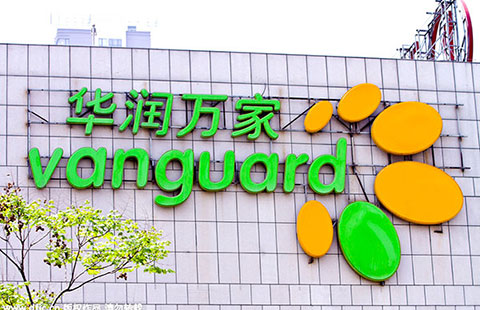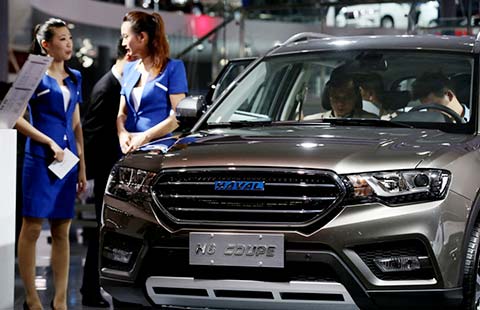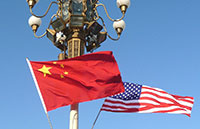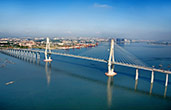Alcoa charts growth plan in line with China
By Lyv Chang (China Daily) Updated: 2015-09-09 09:35Making autos lighter in weight is a strong global trend. When I met with Premier Li Keqiang at the third round table summit of the Global CEO Council in June, he emphasized China's desire to transition toward a more sustainable, greener economy. In the years ahead, I believe, China will see more demand for lightweight and electric vehicles, buses and trucks. We at Alcoa are perfectly positioned to support this.
The collaboration between Alcoa and BYD is a perfect example. We worked together to develop an all-aluminum space frame and bus design for BYD that reduced the weight of the BYD electric bus body by 40 percent-nearly one metric ton versus steel options-providing superior range. As China addresses air pollution and as the domestic Chinese automotive, bus and truck sectors consider new regulatory stances, partnerships like this one offer viable solutions.
The Chinese government proposed the "Made in China 2025" action plan earlier this year. Has Alcoa made any specific arrangements or plans in response to it?
China's future growth model and economic development will be driven by innovation. Policymakers in China have already taken important steps toward realizing an innovation-driven economy; nowhere is this further evident than in the "Made in China 2025" plan that emphasizes value-added production and intelligent manufacturing.
"Made in China 2025" sets a 10-year plan for China to comprehensively upgrade its industrial sector and sets critical targets for innovation, green manufacturing and smart manufacturing. For example, by 2025, the plan calls for the R&D expense of manufacturing enterprises to double, 40 manufacturing innovation centers to be established and carbon dioxide emissions to be reduced by 40 percent from 2015 levels across all industries. Additionally the plan identifies ten sectors to be targeted for growth, including aerospace, marine, rail, energy-saving vehicles, and new materials.
Our growing footprint in China, through our recent acquisitions and investment in new facilities, is aligned with the "Made in China 2025" action plan. All of our facilities based in China are dedicated to producing innovative and high value-added products needed to power productive sectors of the economy like aerospace, automotive and commercial transportation.
In terms of importance for China, there are also joint venture opportunities in the upstream sector. We have always been open to cooperate more with Chinese State-owned enterprises and continue our dialogue with them..
What suggestions or experiences would you share with Chinese companies, especially in the manufacturing industry, if they want to reach the targets set by the "Made in China 2025" strategy?
At Alcoa, we have curtailed over 30 percent of our high-cost smelting capacity. While this has involved difficult choices, it has been undertaken as part of our larger strategy of creating a globally competitive commodity business and growing our value-added businesses.
China's leadership has made a particular commitment to addressing such structural challenges as overcapacity in the country's manufacturing base by focusing on industrywide upgrading. In the aluminum sector, we know that even as China replaces high-cost capacity with new state-of-the-art smelters in the country's western provinces, there are companies that operate unprofitable aluminum smelters, partly because of the excess capacity. This in turn ends up harming the global aluminum industry. These types of activities are also detrimental to an efficient use of the country's critical resources and risk China's ability to achieve ambitious environmental targets.
- China taps 3D printing consumer market
- China must boost productivity: WEF expert
- Carbon pricing expected to affect firms' investment
- Uber vows to expand ride-hailing service to more Chinese cities
- Fluctuation in China's forex reserves normal: PBOC
- China to curb speculation in forward forex transactions
- China's top 10 retailers in 2014
- Trade data add more pressure on policy

















